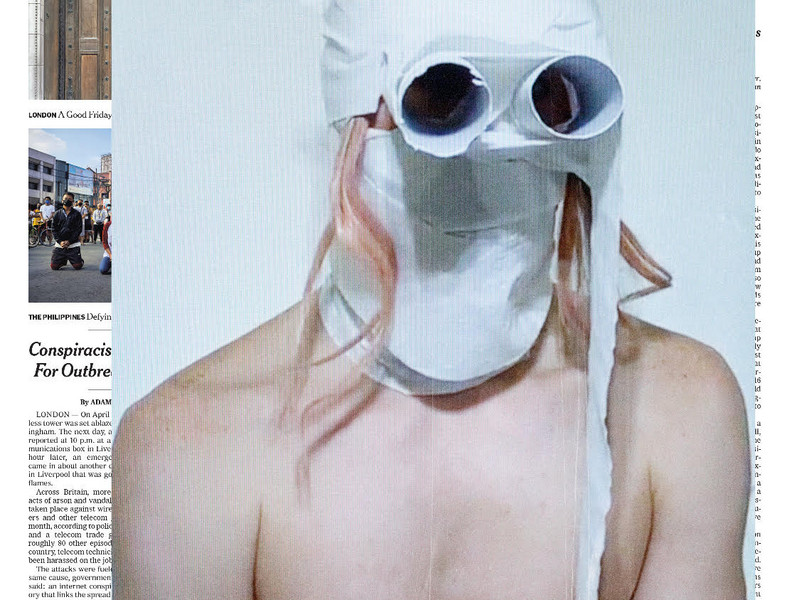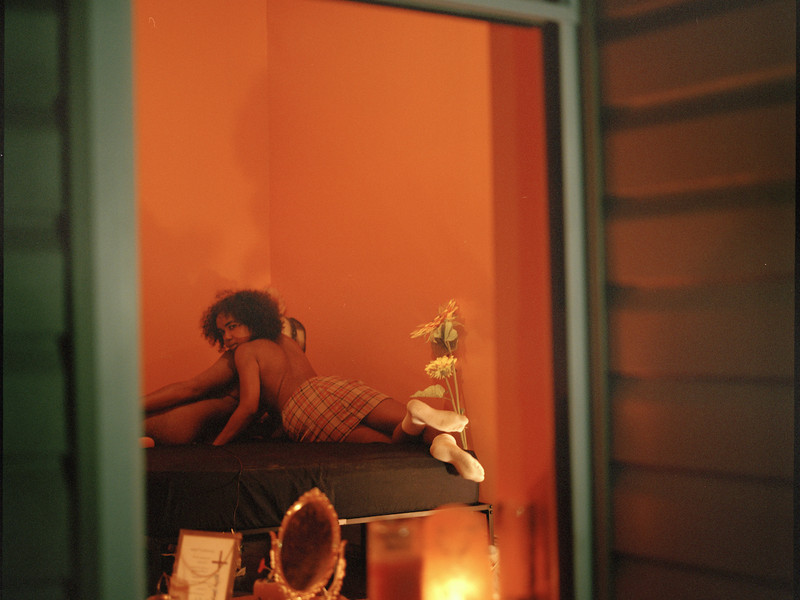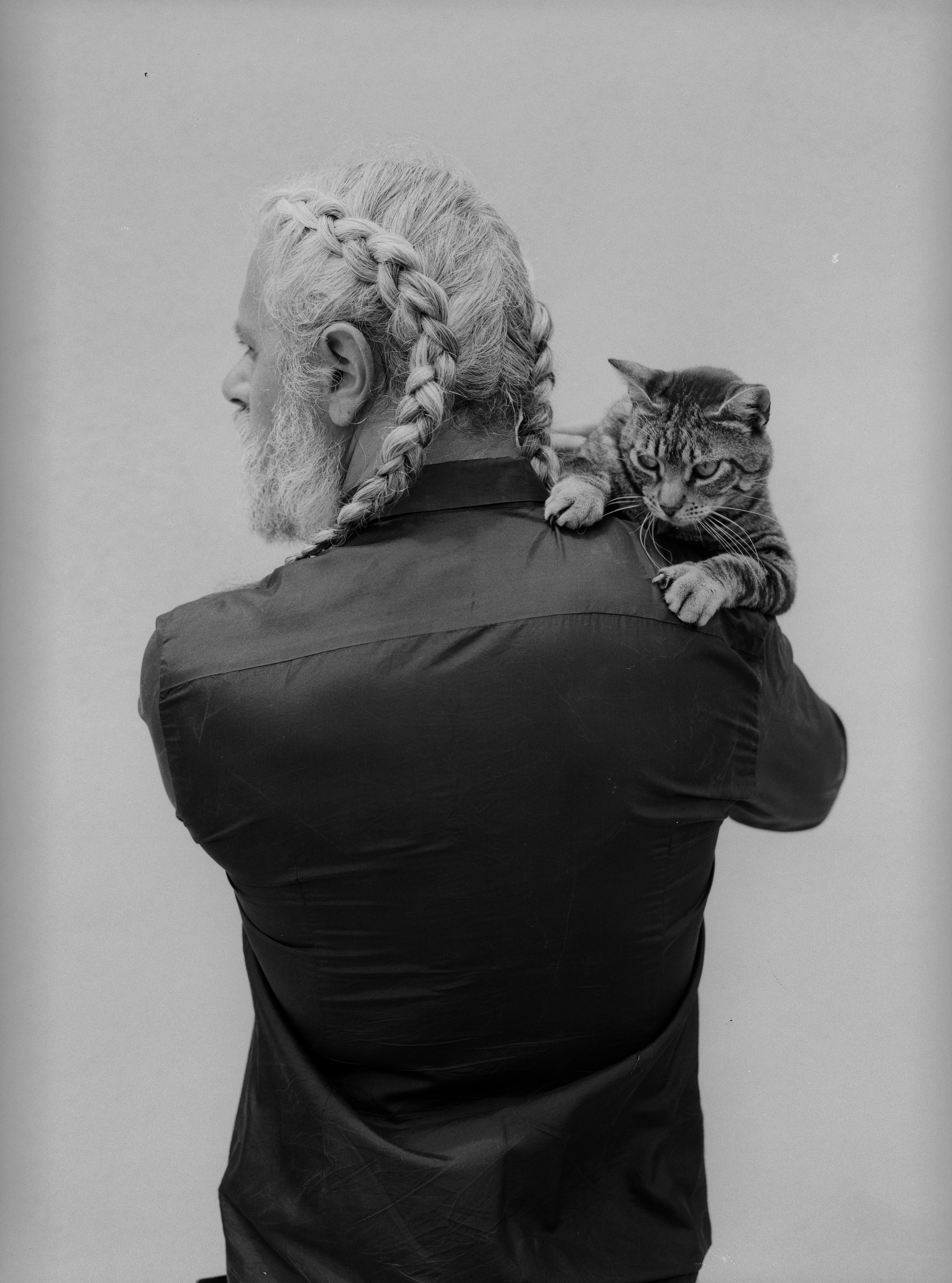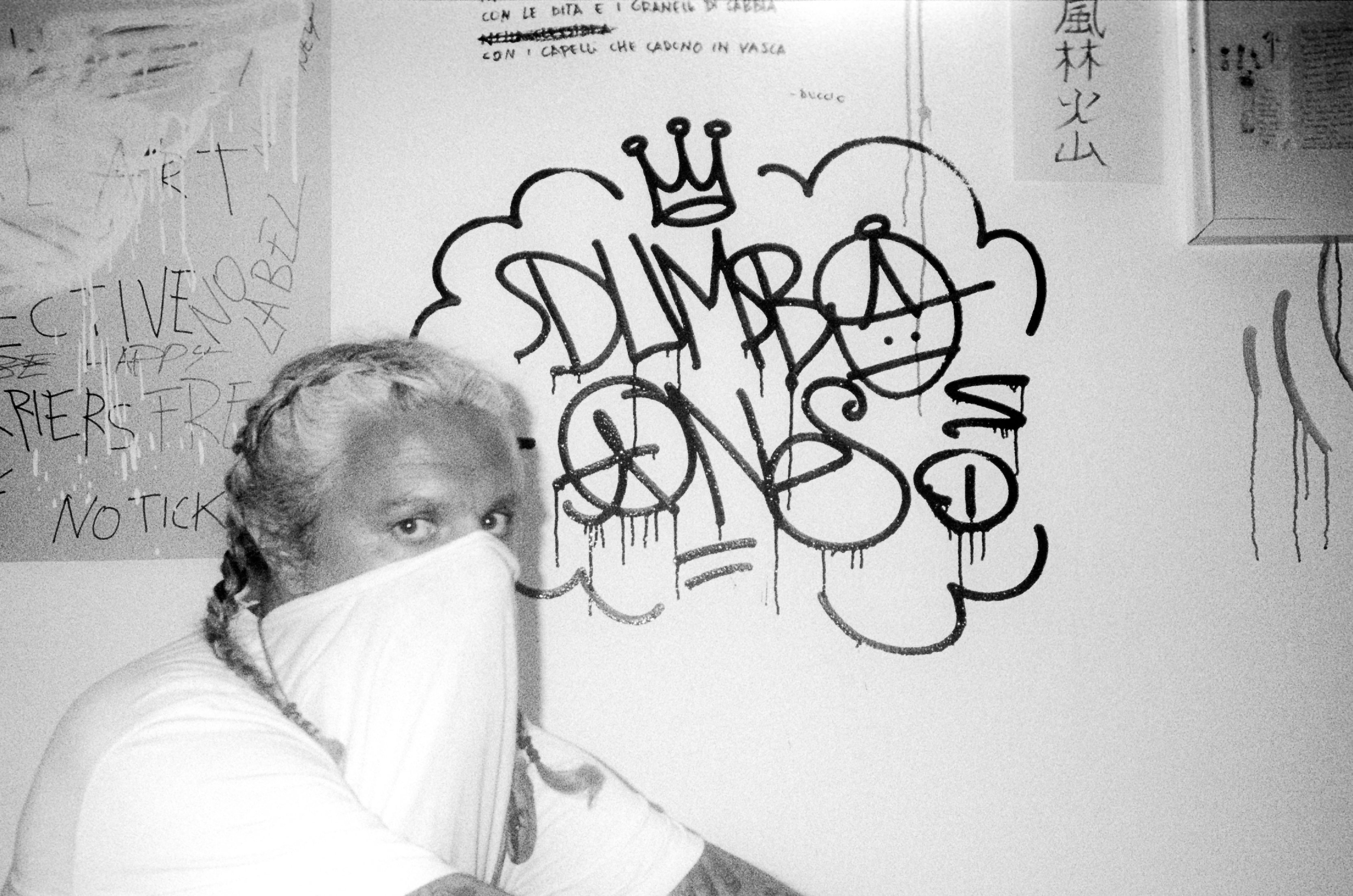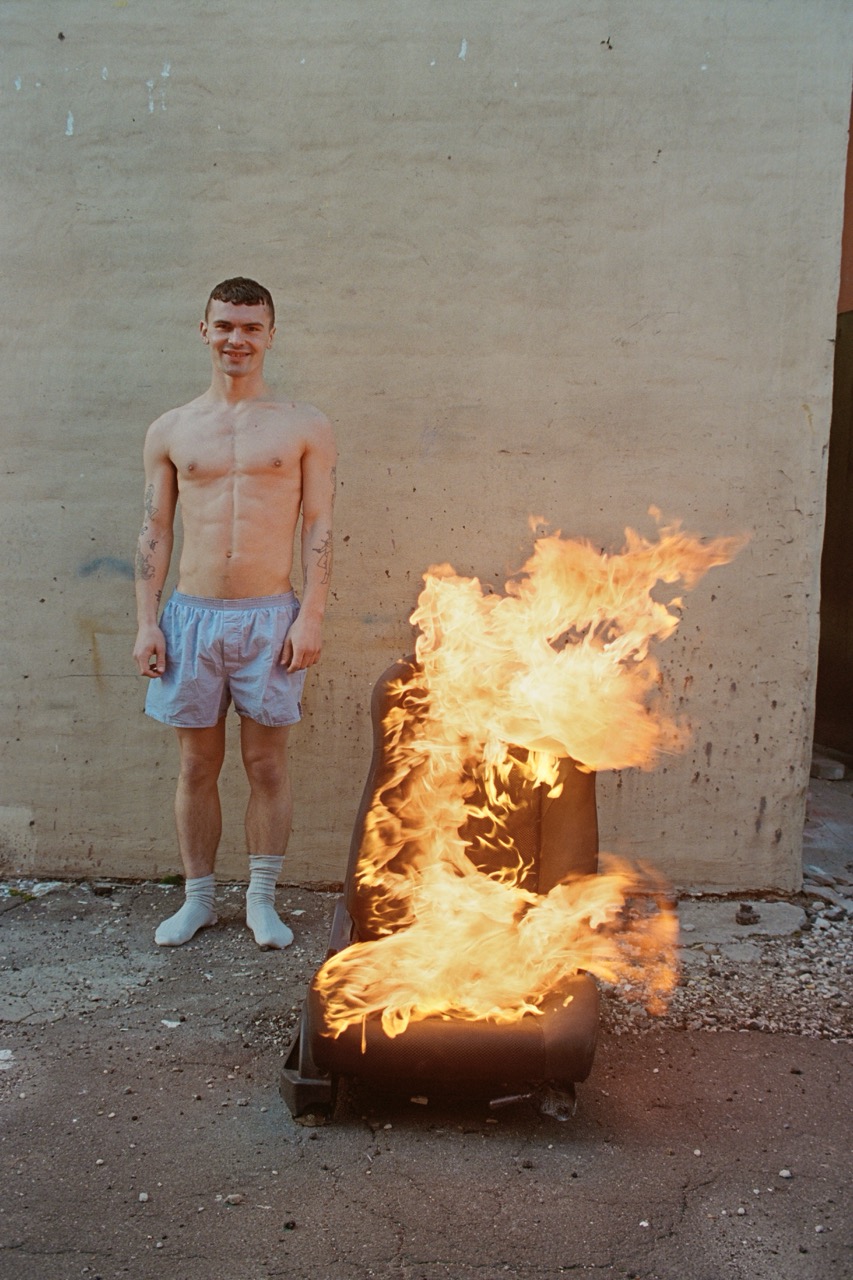Last Call: February ‘20



Juanita McNeely — James Fuentes Gallery
When an injury to her spinal cord gave doctors cause to tell her she’d never be able to paint again, Juanita McNeely produced “Triskaidekaptych” in 1985. It’s not a small-scaled clapback, but a momentous,13-panel work that spans the walls of the James Fuentes Gallery in the Lower East.
Much of McNeely’s life’s work hinges on this tension between her disabling physical suffering and her huge artistic output, bridged by paintings that relive her agony.
While the force of overcoming her pain looms large throughout the gallery, so does the memory of violence and trauma, particularly that of womanhood. McNeely’s 1969 painting “Is It Real? Yes, It Is!” confronts the reality of her abortion where the practice was illegal. In the painting, the cheeriness of the question-and-answer title readily belies the anguish fragmented by McNeely’s memory or rendering.
Though the subject matter is as difficult as it sounds, it’s well worthwhile to catch Juanita McNeely this weekend before the installation closes.


Elements of Existence — Closes March 8
Henri Paul Broyard, Carlo D’Anselmi, Madeline Donahue, Hilary Doyle, Hank Ehrenfried, Emilia Olsen, Rachel Rickert, & Michael Craig Tracy — Public Swim
In 1922, American House & Garden journalist Mary Fanton Roberts asked us to “Consider What the Interior Door Contributes to the Comfort, Peace and Dignity of the House.” Almost a hundred years later, the curators at the Lower East gallery Public Swim called on eight contemporary painters to reconsider the question in an exploration of the boundaries within private spaces.
Michael Craig Tracy’s Floor Corner, a painting which is exactly what it sounds like, illustrates one iteration of an answer perfectly—it's an unassuming shot of the floor that we can’t help but think looks like a photo you would take on accident, as you pan your phone up to focus on the real subject, your dog maybe, or the setting sun outside your room window.
And that’s the beauty of Elements of Existence. You can’t flip through paintings of Tracy’s shoe rack, or Henri Paul Broyard’s tableaus, as easily as you can scrolls through rows of disposable photos on your phone, yet the scenes are magnifications of the same. As paintings, their minutiae are imbued with an unspoken dedication and intention, and as a cohesive exhibition, they echo each other’s treatment of intimacy. Rachel Rickert’s high frequency solo shots and Carlo D’Aneslmi’s honey-warm depictions of love, fate, and folks in quiet community resonate on the same spectrum, if at opposite ends from, Hank Ehrenfried’s cold art gallery and reconstructions of photos "sent through WeChat."
Among the displays of solitude Hilary Doyle’s work stands out in the artist’s uncanny rendering of familiar New York scenes; in multiple mediums Doyle probes the feeling of being alone on a subway car at dawn, the press of bodies walking up a flight of stairs, or the tension between two people in a public space.
Among the shit that will put you in your bag you do not want to miss Madeline Donahue’s sculptural ramen “sweater” works, fun, of-the-moment busts that balance out her freaky and lovely ceramic nude "Ladies".

The Bully Pulpit — Closes March 14
Haley Morris-Cafiero — TJ Boulting
“The major problem is she’s disgusting.”
That’s the matter-of-fact statement emblazoned on the front of Haley Morris-Cafiero’s t-shirt in size 14 Arial font. Except it’s not exactly Morris-Cafiero as herself but the artist dressed up in a wig and fake goatee, holding a hairless cat in imitation of the real-life troll who said those very words to her.
The photo and comment were spawned from Morris-Cafiero’s street photography series Wait Watchers, where she captured the critical gazes of passerby fixated on her body. In her latest exhibition The Bully Pulpit, Morris-Cafiero uses the comments on her previous project as the starting point, from “Normal people are never going to want to fuck you, regardless of how much you complain” to “Your work opens you up to criticism.”
The Bully Pulpit is a perfect mirror for Morris-Cafiero to hold up to all the ugliness people throw at her. You’ll walk away horrified that we still have to put up with this shit and endlessly grateful for the work itself.
If this sounds incredible to you, the London gallery is holding a talk with Morris-Cafiero in conversation with Tate Modern curator Emma Lewis on March 5.
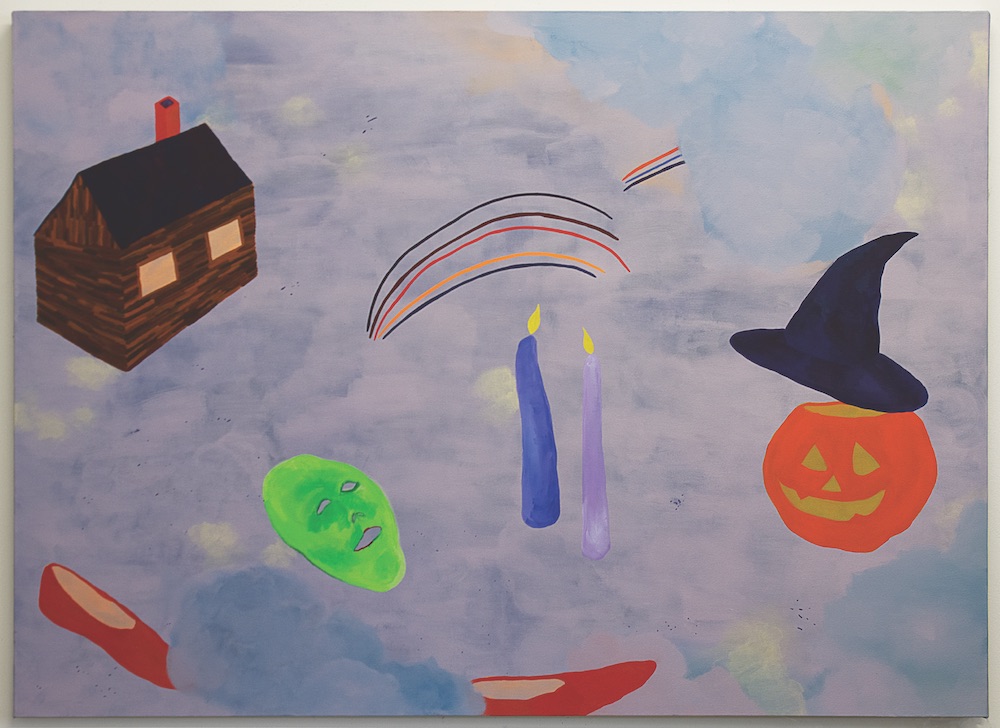

A Charm Against All That — Closes March 14
Brandon Anschultz, Hélène Delprat, Harley Lafarrah Eaves, Trenton Doyle Hancock, Charline von Heyl — projects+gallery
As coronavirus whips across the globe and hurtles to our front doors, as we attempt to guide our parents into voting for our preferred presidential candidate, and Lady Gaga rules that the Earth is cancelled, you’d be forgiven for frantically refreshing your horoscope and holding tight to your good luck charms.
That’s the idea behind the St. Louis projects+gallery’s latest exhibition: Sometimes, the best defense against things that remain outside the realm of control is to embrace superstition. A Charm Against All That solicits the work of five artists to draw on experiences of anxiety, protection, and forces of the occult.
The exhibition stands in conversation with a collection of Vodun fetish objects drawn from the Fon people, who were captured during the transatlantic slave trade and enslaved on Louisiana plantations not far from today’s project+gallery. These sculptural pieces lend weight to the nightmarish paintings of Harley Lafarrah Eaves and the magical chaos of Hélène Delprat’s work. A Charm Against All That is a great opportunity to see some of Trenton Doyle Hancock’s work if you happen to end up passing through Missouri on a spring break road trip.
